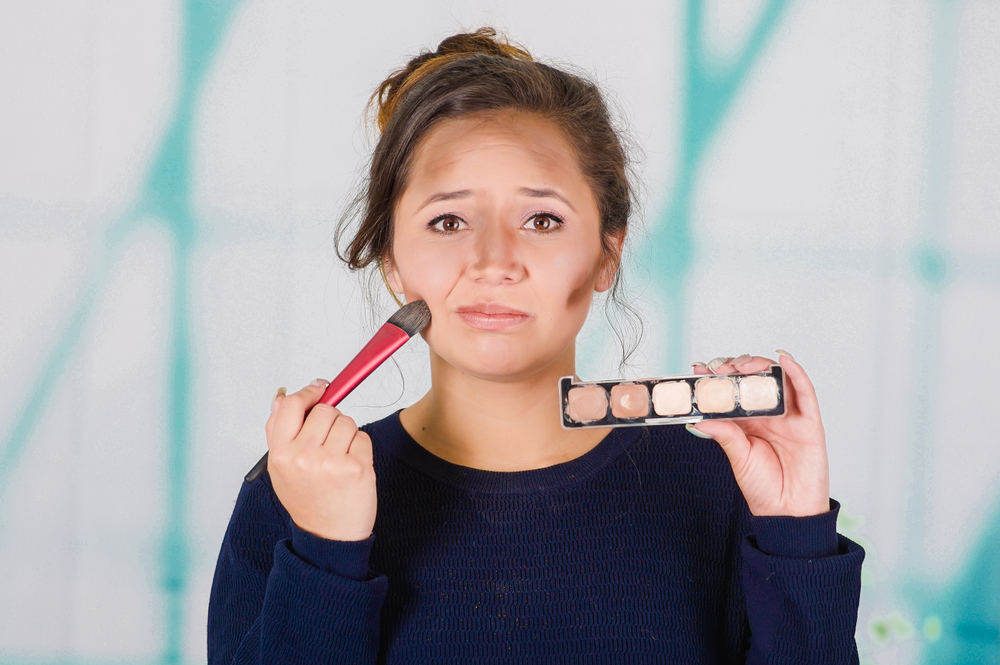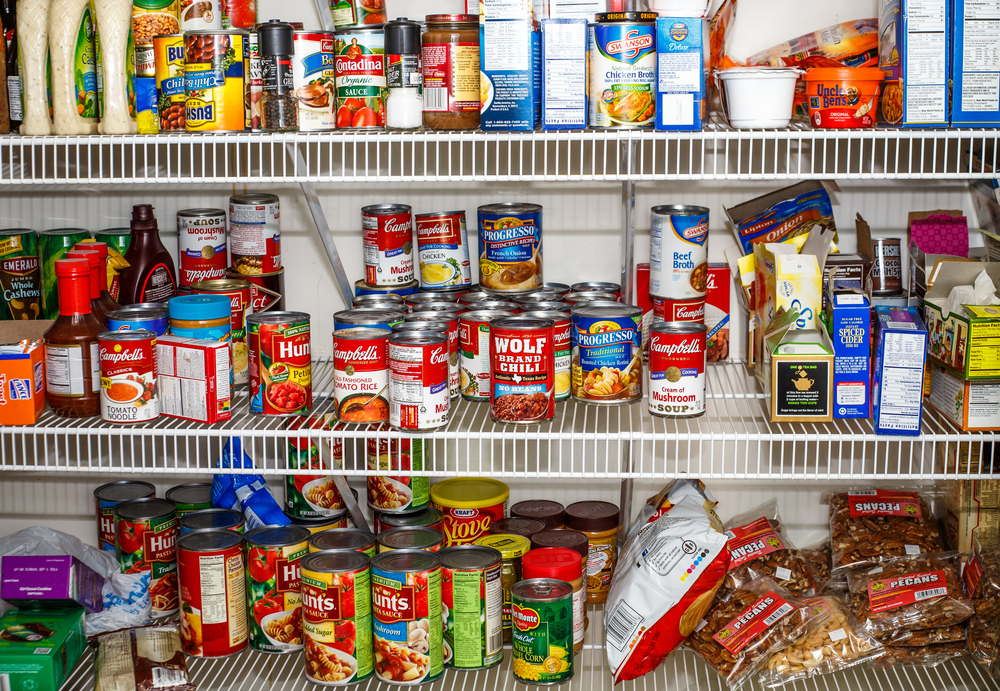Wellness has become a trillion-dollar industry that thrives on hype, hashtags, and the seductive promise of transformation. But behind the glossy marketing and influencer testimonials, many of these “miracle cures” and self-care obsessions are smoke and mirrors. They sell the fantasy of glowing skin, endless energy, and spiritual rebirth, yet rarely deliver more than a lighter wallet and temporary placebo buzz.
The truth is, our bodies are already brilliantly equipped with detox systems and repair mechanisms. But because we crave shortcuts and magic fixes, we’re constantly falling for fads dressed up as science. Here are 15 wellness trends that looked irresistible on Instagram but crumble under closer inspection. It’s time to separate the chic from the sheer nonsense.
1. Charcoal Detoxes That Can Disrupt Your Health
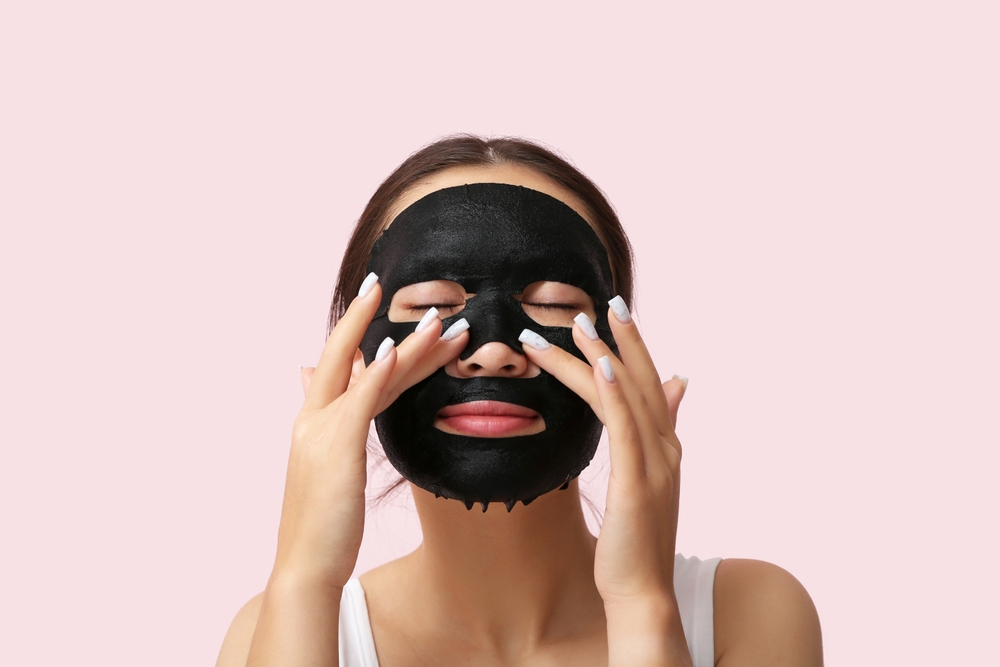
Activated charcoal has been turned into a “detox superstar,” showing up in drinks, masks, and even toothpaste. The hype hinges on the fact that hospitals use it to treat poisoning. But what’s left out is that charcoal doesn’t discriminate—it absorbs everything, including medications and nutrients you actually need. That makes it more disruptive than healing.
Regular use can cause dehydration, digestive distress, and enamel erosion from charcoal toothpaste. It’s proof that not everything borrowed from medicine belongs in daily life. Want to detox? Eat real food, drink water, and let your body do its job. Charcoal is far better left for emergencies than your wellness routine.
2. Crystal Healing To Combat Stress

Crystals promise to balance our energy, ease stress, and even heal our bodies—but it’s all powered by belief, not biology. They’re captivating to hold, gorgeous to display, and deeply symbolic, which is why people swear by their effects. But what you’re really experiencing is mindfulness: the pause you take to hold a stone, breathe deeply, and assign it meaning. Science has repeatedly shown no evidence of crystals altering health in any measurable way.
That doesn’t mean crystals are worthless; it just means they’re not medicine. When used as décor or as a ritual tool, they can create comfort and intention. The danger is when they’re sold as a replacement for real treatments, leading people to delay care they actually need. The truth? Crystals won’t heal your body—but they can still make your home and rituals beautiful.
3. Juice Cleanses To Heal Your Liver

Juice cleanses are marketed as a miracle reset, the ultimate “toxin flush” after indulgence. But the reality is your liver and kidneys are already expert detoxifiers, no expensive pressed juices required. Yes, juices contain vitamins, but they strip out fiber and spike your blood sugar. That’s not a cleanse—that’s a fast disguised as wellness.
What’s worse, juice cleanses often lead to energy crashes, irritability, and cycles of restriction and bingeing. They’re also pricey, often turning a few days of juice into hundreds of wasted dollars. If you love fresh juice, enjoy it as a treat alongside a balanced diet. But stop expecting it to do the job your organs were designed to handle for free.
4. Alkaline Water To Prevent Disease
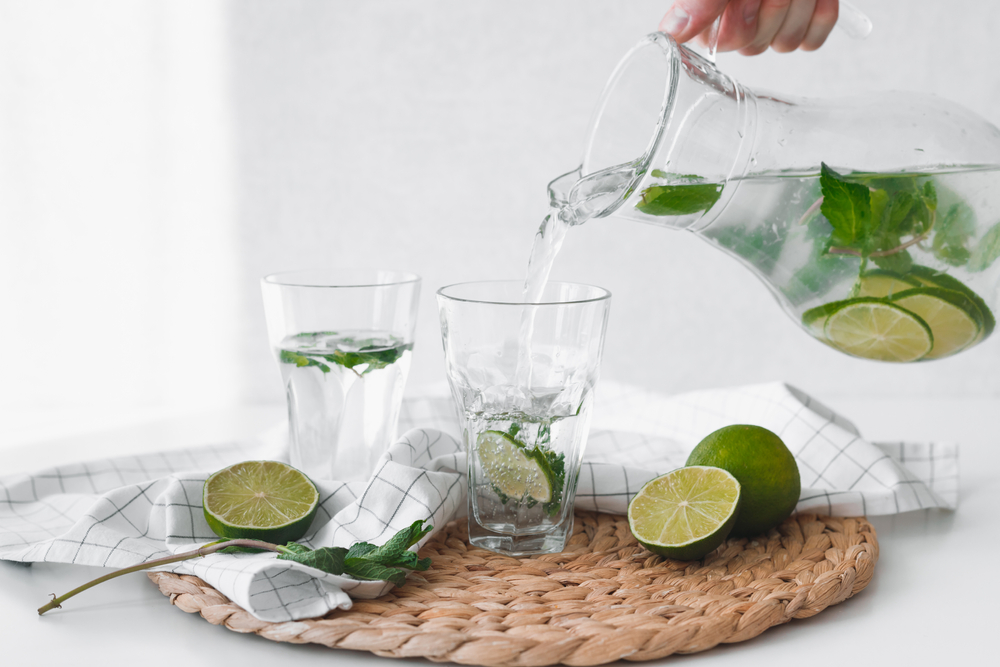
Alkaline water claims to neutralize acidity and prevent disease, but your body isn’t that easily hacked. Your blood pH is tightly regulated—no designer water can override it. What you’re paying for is marketing wrapped in sleek bottles. Hydration matters, but alkaline claims are pseudoscience dressed up in chic packaging.
Even studies have shown little to no difference between drinking alkaline water and plain tap. The only real benefit is that it encourages people to drink more fluids in general. And that’s the irony: you could get the same outcome with a regular glass of water. Save your money, stay hydrated, and skip the pH theatrics.
5. Celery Juice for Better Digestion
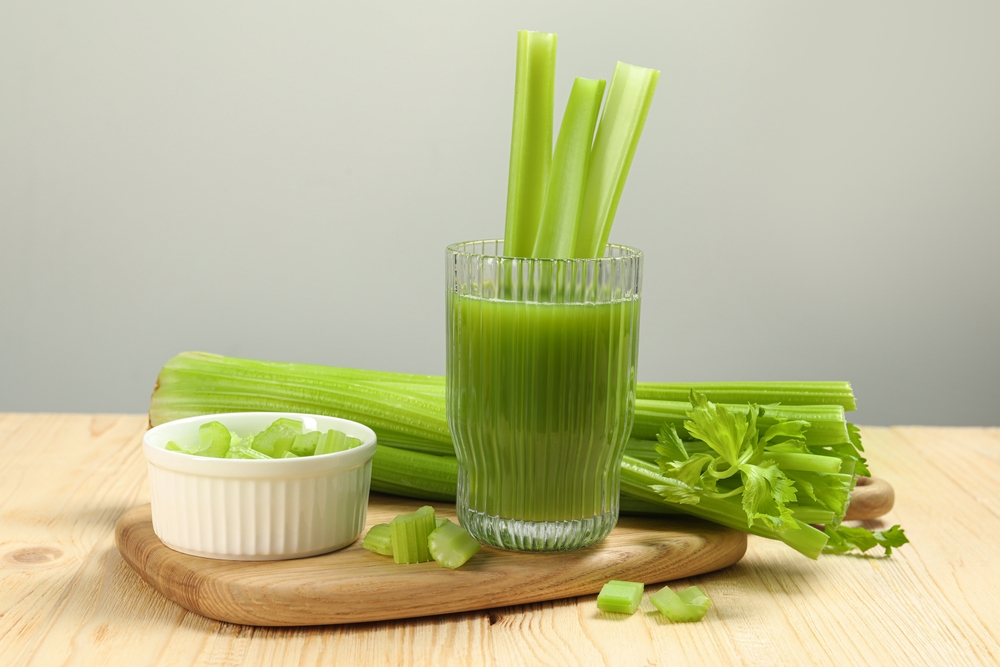
Celery juice went viral with promises of healing digestion, curing acne, and reversing chronic illness. But what’s actually at play is hydration—not some mystical property of celery. Strip away the influencer spin, and it’s just water with micronutrients. The miracle cure narrative doesn’t hold up in research.
That doesn’t mean it’s bad for you—it’s just not magical. If you like celery juice, drink it, but don’t expect it to transform your life. No single vegetable holds the key to health. It’s variety, balance, and consistency that make the difference.
6. Infrared Sauna To Detox Your Body

Infrared saunas are marketed as a way to “sweat out toxins,” but science tells a different story. Sweating regulates body temperature, not toxic load. That warm post-sauna glow? It’s relaxation, not purification. The detox branding is clever, but ultimately misleading.
That doesn’t mean saunas are worthless—they’re great for relaxation and soothing sore muscles. They just don’t replace your liver and kidneys. If you love the ritual, keep it as self-care, but don’t expect miracles. The true detox happens in your organs, not your sweat glands.
7. Homeopathic Remedies To Treat Illnesses

Homeopathy has been around for centuries, but its promises don’t hold up under modern science. The core idea—that ultra-diluted substances can cure illness—sounds poetic but collapses under scrutiny. In many cases, the remedies are diluted to the point where no active ingredient remains. What people often feel is the placebo effect, not a physiological shift.
The real danger comes when homeopathy is positioned as an alternative to proven treatments. Skipping evidence-based care for sugar pills in a fancy vial can delay recovery or make conditions worse. Natural medicine can complement mainstream care, but homeopathy itself has been consistently debunked. If wellness is the goal, trust methods that actually heal rather than wishful thinking.
8. Oil Pulling To Boost Gum Health

Swishing coconut or sesame oil in your mouth for 20 minutes might sound exotic, but it’s mostly messy. Advocates claim oil pulling can detox the body, whiten teeth, and improve gum health. At best, it reduces some bacteria in the mouth, but nothing close to what brushing and flossing achieve. The “toxin removal” claims have zero scientific basis.
What makes oil pulling problematic is when it’s seen as a replacement for real dental care. Neglecting proven practices like brushing, flossing, and fluoride toothpaste leaves your teeth vulnerable. While it might freshen breath temporarily, it won’t repair cavities or prevent gum disease. In short: it’s a ritual, not a replacement.
9. Herbal Detox Teas For A Slimmer Waist
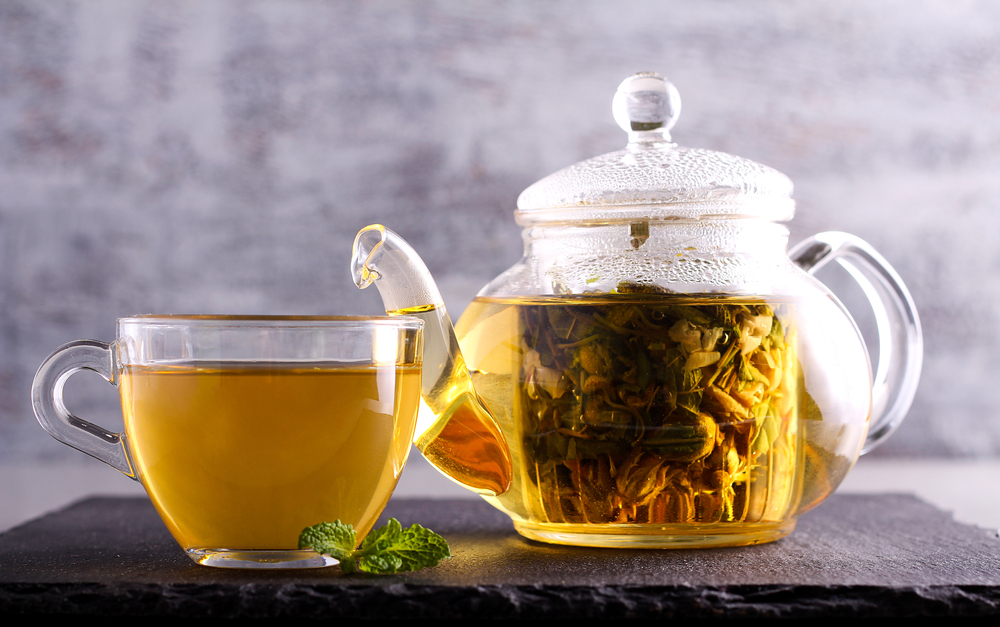
Detox teas promise a slimmer waistline and a “cleaner” body, but most are just laxatives in disguise. Ingredients like senna push water and waste out quickly, tricking people into thinking they’ve lost fat. In reality, it’s just dehydration and short-term weight fluctuation. Long-term use can cause nutrient loss and electrolyte imbalances.
The glossy marketing often leans on influencers flaunting flat stomachs, but the science isn’t there. Digestive distress, dependency, and false hope are common side effects. If digestion and weight management are the goals, fiber, hydration, and sustainable eating habits work far better. Detox teas are the definition of a scam dressed up as wellness chic.
10. Sound Therapy To Heal Trauma

Sound baths with gongs and singing bowls are undeniably soothing, but they aren’t medical treatments. The idea that certain frequencies can heal trauma, balance chakras, or “repair DNA” is pseudoscience at its most creative. What people feel is relaxation, not regeneration. That calming effect is real—but it’s not a cure.
The issue is when wellness studios oversell sound therapy as a fix for chronic illness or anxiety disorders. While it can be a beautiful mindfulness tool, it shouldn’t replace therapy or medical care. Stress relief is valuable, but it’s important to understand what sound healing is—and isn’t. It’s meditation with music, not magic.
11. Breatharianism As An Extreme Diet

Breatharianism is one of the most extreme—and dangerous—wellness fads. It’s based on the belief that people can survive without food or water by living off “life force energy.” Not only is this scientifically impossible, but it has led to documented cases of malnutrition and even death. No amount of spiritual willpower can override human biology.
The movement thrives on secrecy, with some leaders caught secretly eating while preaching food-free living. Others glamorize fasting practices that edge into life-threatening territory. While mindful fasting has benefits when done safely, Breatharianism is reckless and harmful. It’s a reminder that not all spiritual-seeming wellness paths are safe to follow.
12. Ear Candling To Remove Toxins
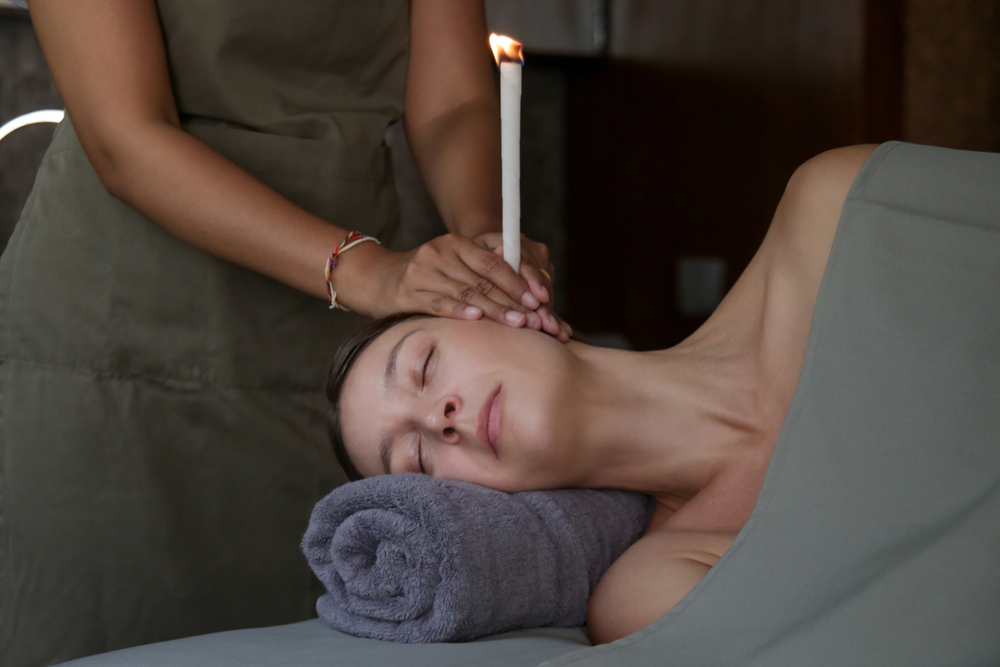
Ear candling markets itself as a soothing way to remove wax and toxins—but it’s neither safe nor effective. The waxy residue left inside the cone isn’t earwax, it’s just candle soot. Meanwhile, the risks are real: burns, ear blockages, and even perforated eardrums. What’s sold as natural healing is really just dangerous theater.
Audiologists and doctors universally advise against ear candling. The ears are self-cleaning and don’t need this intervention. When excessive wax is a problem, safe medical methods exist. Ear candling proves how wellness gimmicks can be not only useless but actively harmful.
13. Collagen Supplements for Anti-Aging
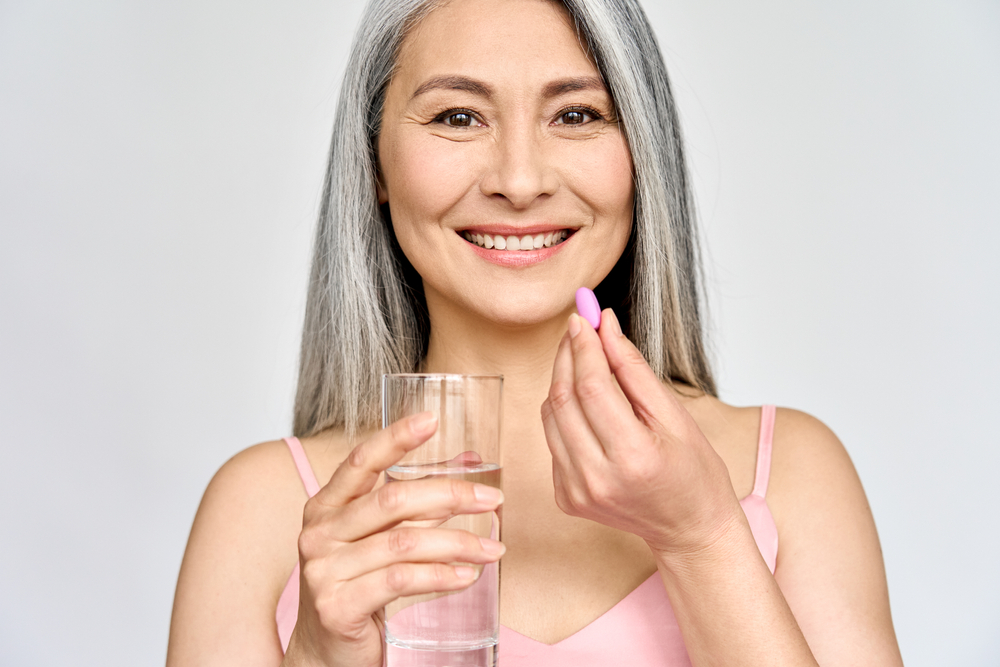
Collagen powders and gummies are everywhere, promising youthful skin and stronger hair. But when you consume collagen, your body breaks it down into amino acids and distributes them where needed—not directly to your face. That means results are inconsistent at best. The glowing skin promise is more marketing than science.
A better strategy is supporting natural collagen production with vitamin C, antioxidants, and sun protection. Hydration and a nutrient-rich diet will take you further than a pricey tub of powder. While collagen isn’t harmful, it’s far from a miracle. It’s another example of wellness hype outpacing reality.
14. Vaginal Steaming To Balance Your Hormones

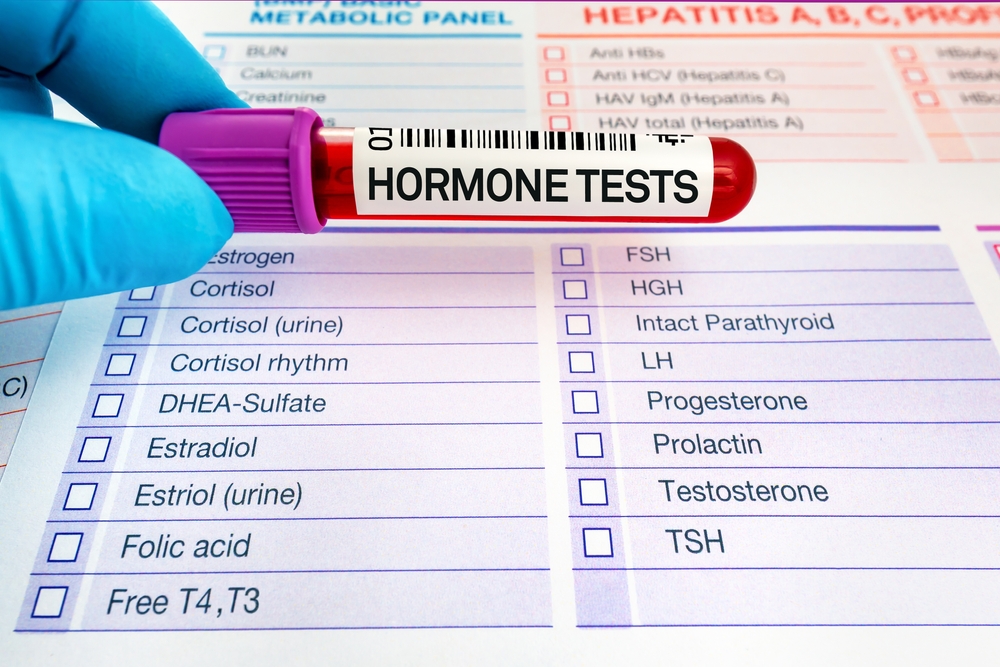
Vaginal steaming was popularized as a way to “cleanse” and “balance” the reproductive system, but it’s a myth wrapped in spa culture. The vagina is self-cleaning and does not need steam baths to maintain health. In fact, steaming can irritate sensitive tissue and disrupt the microbiome. What’s marketed as empowering can actually be harmful.
Doctors have repeatedly warned that vaginal steaming poses more risk than benefit. But thanks to celebrity endorsements, the trend still circulates in wellness spaces. The truth is, no spa treatment can outperform the body’s own natural processes. Feminine health deserves respect, not pseudoscience.
15. Detox Foot Pads To Remove Heavy Metals

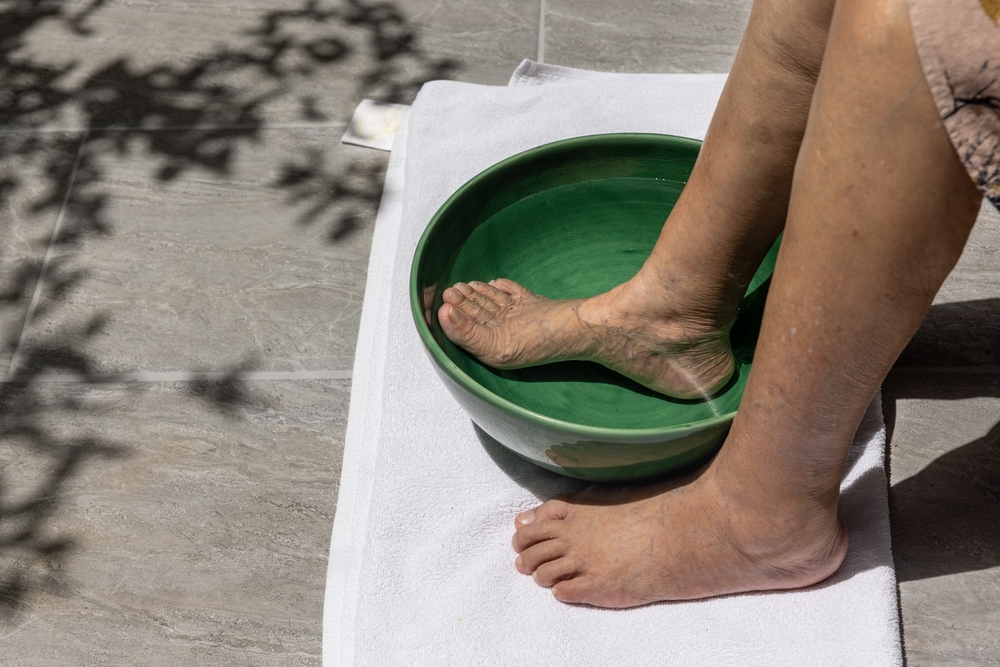
Detox foot pads claim to pull toxins from your body overnight, turning black as proof of their effect. But the discoloration is just a chemical reaction from moisture and heat—not evidence of detox. No study has ever proven they remove heavy metals or toxins. At best, they’re an expensive placebo.
The appeal is understandable: we want to believe health can be as easy as slapping on a patch. But real wellness doesn’t happen while you sleep with sticky pads on your feet. The black residue is marketing theater, not medicine. A walk outside and a good sweat will do far more for your body than any foot pad.

